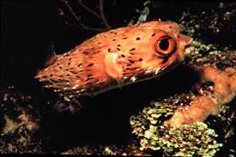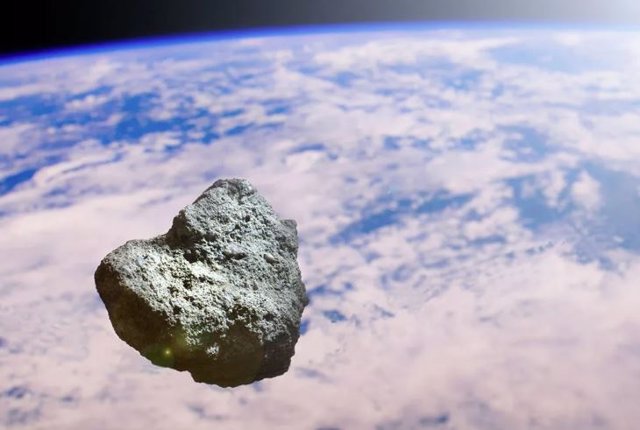Asteroid approaching Earth – HERIOT WATT UNIVERSITY
Aug. 18 () –
Evidence of an asteroid impact crater 8.5 kilometers in diameter has been identified 300-400 meters deep in the Atlantic, 400 kilometers from the coast of Guinea in Africa.
A team of researchers from Heriot-Watt University believe the crater was caused by a 400-meter-wide asteroid that collided with Earth about 66 million years ago. around the same time the Chicxulub asteroid hit Earth and wiped out the dinosaurs.
But they will need to drill into the seabed and collect samples to prove their theory. If confirmed, the crater will be one of fewer than 20 confirmed marine impact craters found on Earth. The discovery is reported in Science Advances.
Dr. Uisdean Nicholson, a geologist at Heriot-Watt University in Edinburgh, found the crater by examining seismic reflection from the Atlantic seafloor.
“I’ve interpreted a lot of seismic data in my time, but I’ve never seen anything like this. Instead of the flat sedimentary sequences I was expecting on the plateau, I found an 8.5km depression under the seafloor, with very unusual features,” said it’s a statement.
“It has particular features that point to an asteroid. It has a raised rim and a very prominent central rise, which is consistent for large impact craters.
“It also has what looks like material ejected out of the crater, with very chaotic sedimentary deposits extending for tens of kilometers outside the crater.
“The features are simply not consistent with other cratering processes such as salt mining or volcano collapse.”
Nicholson has named it Nadir Crater, after a nearby seamount.
Seismic data also indicate that the sediments impacted by the asteroid correspond to the Cretaceous-Paleogene boundary. However, there is some uncertainty due to the resolution of the seismic data.

This is the same age as the Chicxulub crater that killed the dinosaurs. The team believes that the asteroid that created the newly discovered Nadir crater could have formed by the breakup of a parent asteroid or by an asteroid flow in that time period.
Dr Sean Gulick, impact expert at the University of Texas at Austin, said: “Nadir Crater is an incredibly exciting discovery of a second impact near the Cretaceous-Paleogene extinction event.
“While it is much smaller than the extinction caused by the Chicxulub impactor, its very existence forces us to investigate the possibility of an impact cluster in the late Cretaceous.”
“Despite four billion years of impactors hitting Earth, only 200 have been discovered. So it’s exciting news every time a new potential impact is discovered, especially in the difficult-to-explore marine environment.”
The scientists used computer simulations to determine what kind of collision took place and what the effects might have been.
Dr Veronica Bray, a planetary scientist at the University of Arizona, said: “Our simulations suggest this crater was caused by a 400m wide asteroid colliding in 500-800m of water. This would have generated a tsunami of more than a kilometer in height, as well as an earthquake of magnitude 6.5 or so.
“The energy released would have been around 1,000 times that of the January 2022 Tonga eruption and tsunami. These are preliminary simulations and need to be refined when we get more data, but they do provide important new insights into the potential ocean depths in this area at the time of impact.
Nicholson has already applied for funds to drill the seabed and confirm that it is an asteroid impact crater and prove its precise age.










![[Img #74662]](https://thelatestnews.world/wp-content/uploads/2024/12/Organisms-with-the-shortest-life-150x150.jpg)



![[Img #74662]](https://thelatestnews.world/wp-content/uploads/2024/12/Organisms-with-the-shortest-life-300x200.jpg)

Add Comment